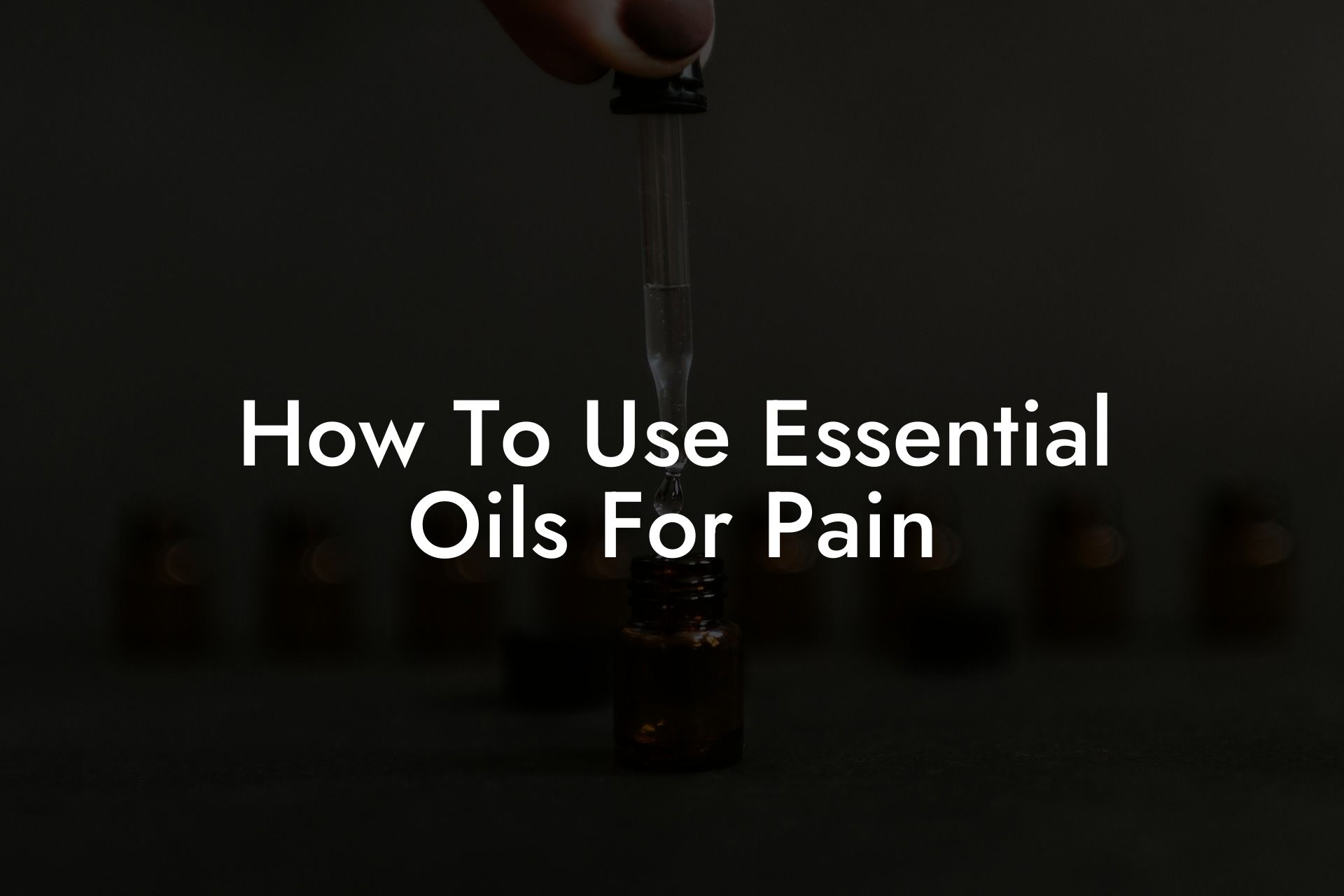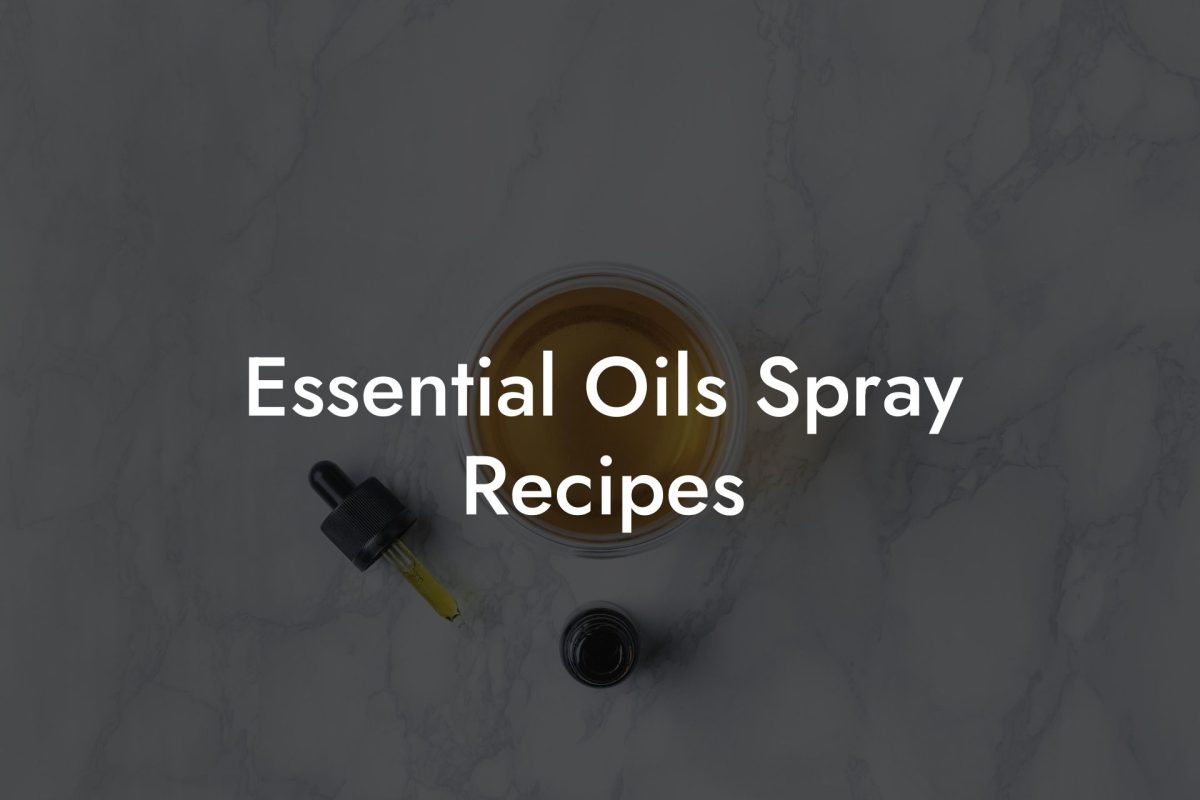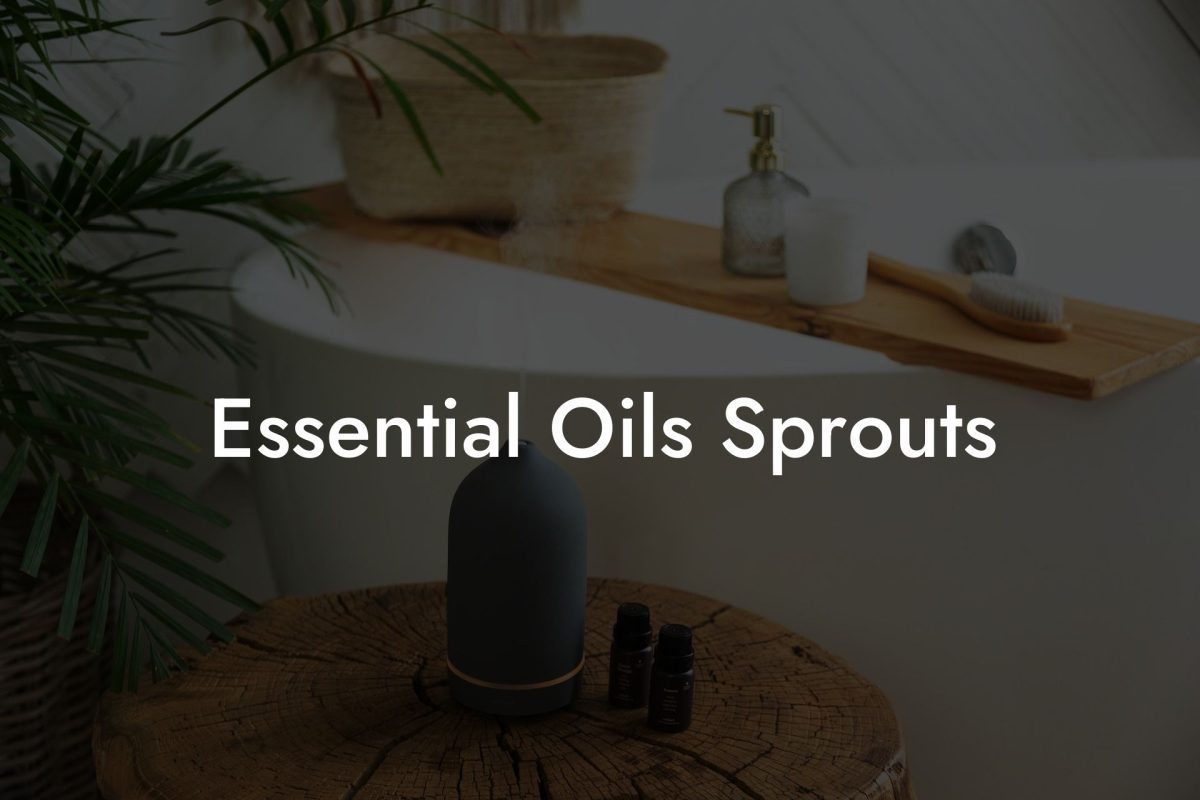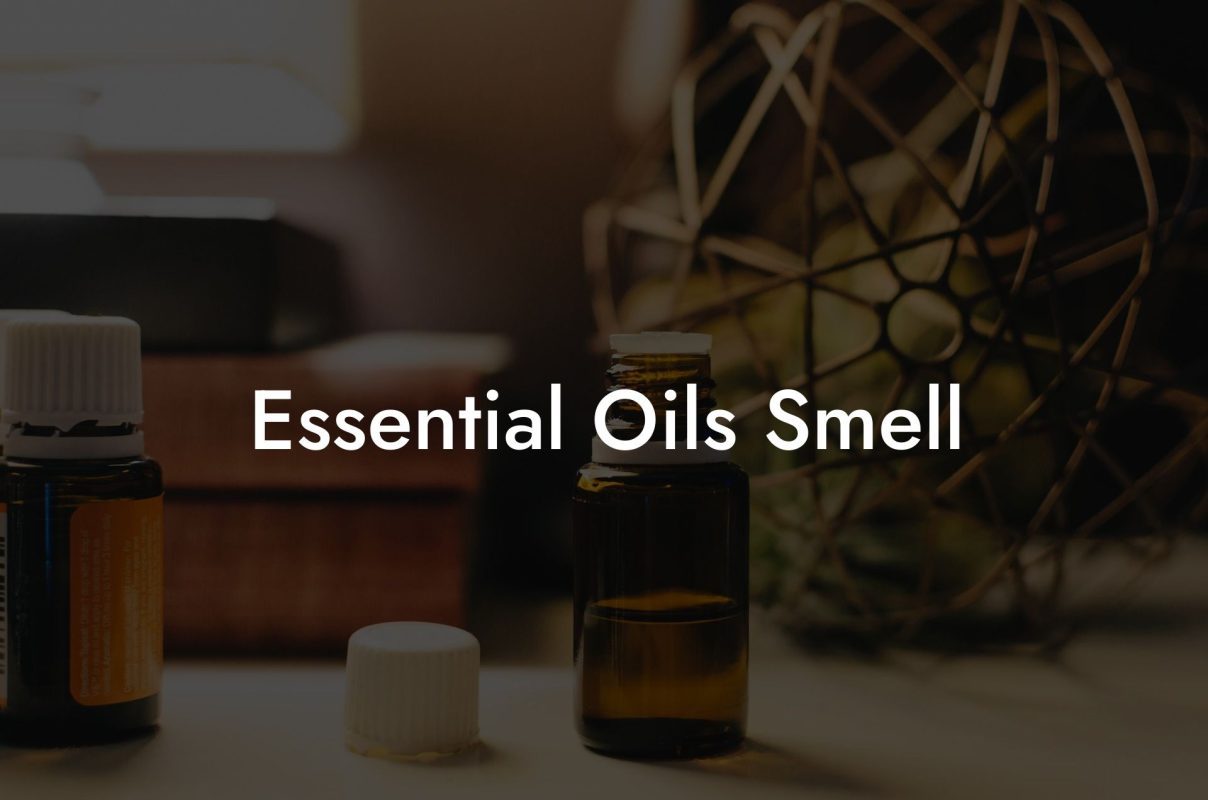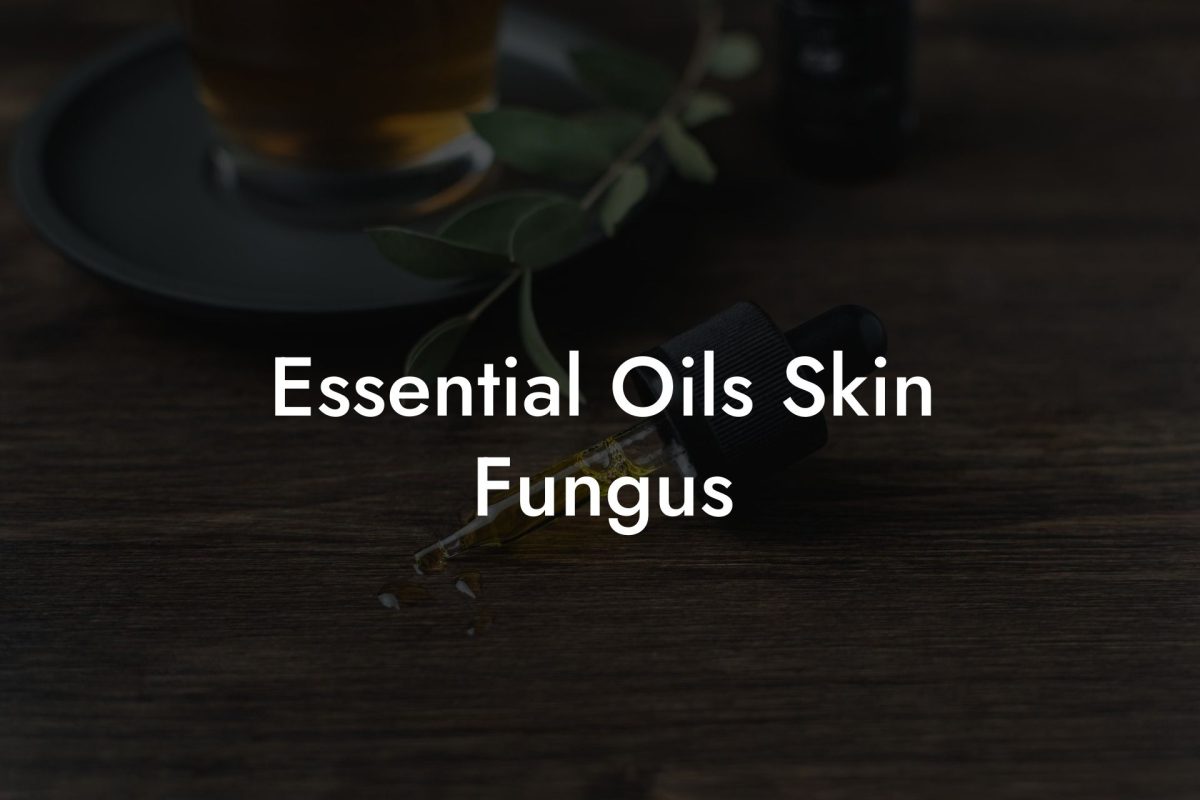Are you suffering from pain and looking for natural alternatives to conventional pain medications? Essential oils might just be the answer for you. In this article, we will explore how to use essential oils for pain relief and manage various types of discomfort effectively and without any side-effects.
Table of Contents
Understanding Essential Oils
Essential oils are highly concentrated plant extracts that possess various therapeutic properties. Due to their potency, they have been used for centuries in traditional medicine to treat various ailments, including pain relief.
Choosing the Right Essential Oils for Pain
There are numerous essential oils with analgesic properties. Some of the most effective essential oils for pain relief include:
- Lavender Oil: Known for its calming properties, lavender oil also possesses analgesic and anti-inflammatory effects that help in alleviating pain.
- Peppermint Oil: With its cooling and invigorating properties, peppermint oil is an excellent choice for relieving muscular pain and headaches.
- Frankincense Oil: This ancient essential oil has anti-inflammatory and analgesic properties that help to reduce pain associated with arthritis and other joint-related ailments.
- Eucalyptus Oil: Effective for respiratory problems and muscular pains, eucalyptus oil has potent analgesic and anti-inflammatory properties.
- Rosemary Oil: Boasting powerful analgesic and anti-inflammatory properties, rosemary oil is effective in relieving pain related to muscle stiffness and arthritis.
How to Use Essential Oils for Pain Relief
Essential oils can be used for pain relief in various ways, such as:
1. Topical Application
Dilute your chosen essential oil with a carrier oil (such as coconut oil or sweet almond oil) and apply it directly to the affected area with a gentle massage. This method helps to absorb the oils through the skin and effectively alleviate localized pain.
2. Aromatherapy
Inhaling essential oils stimulates the olfactory system which sends signals to the brain, resulting in pain relief. You can use a diffuser, a vaporizer, or simply add a few drops of essential oil to a bowl of hot water and inhale the vapors. Aromatherapy may help in managing chronic pain, stress-induced headaches, and emotional discomfort.
3. Warm or Cold Compresses
Soak a soft cloth in warm or cold water mixed with a few drops of essential oil, wring it out, and apply it to the painful area. This method works well for relieving muscle and joint pains.
4. Essential Oil Bath
Adding a few drops of your preferred essential oil to your bathwater can help to alleviate overall body pain and promote relaxation.
How To Use Essential Oils For Pain Example:
Reena has been experiencing tension headaches due to a stressful work environment. To find relief, she decides to try using essential oils. She prepares a blend of lavender and peppermint essential oils diluted in a carrier oil, and then gently applies it to her temples and the back of her neck for a soothing massage. After a few minutes, she notices that her headache begins to subside and she feels more relaxed.
Essential oils offer a natural, effective, and safe alternative to conventional pain medications. Incorporating them into your daily routine can greatly help in managing pain and improving your overall well-being. If you found this article helpful, please share it with your loved ones who may benefit from the healing power of essential oils. Don’t forget to explore our other guides on Oshu Oils for more essential oil guidance and our range of Artisan Essential Earth Oils to start feeling better today.

